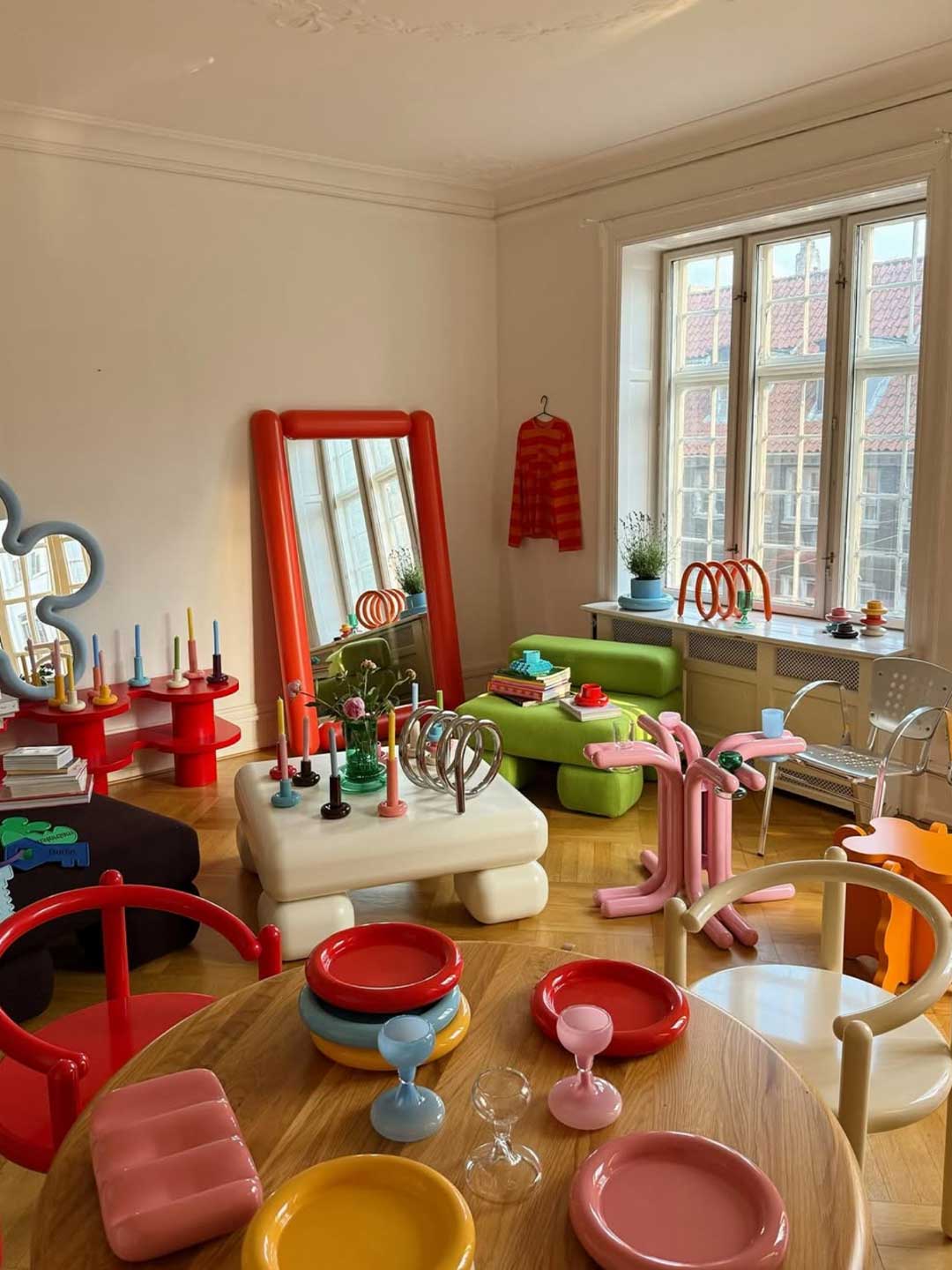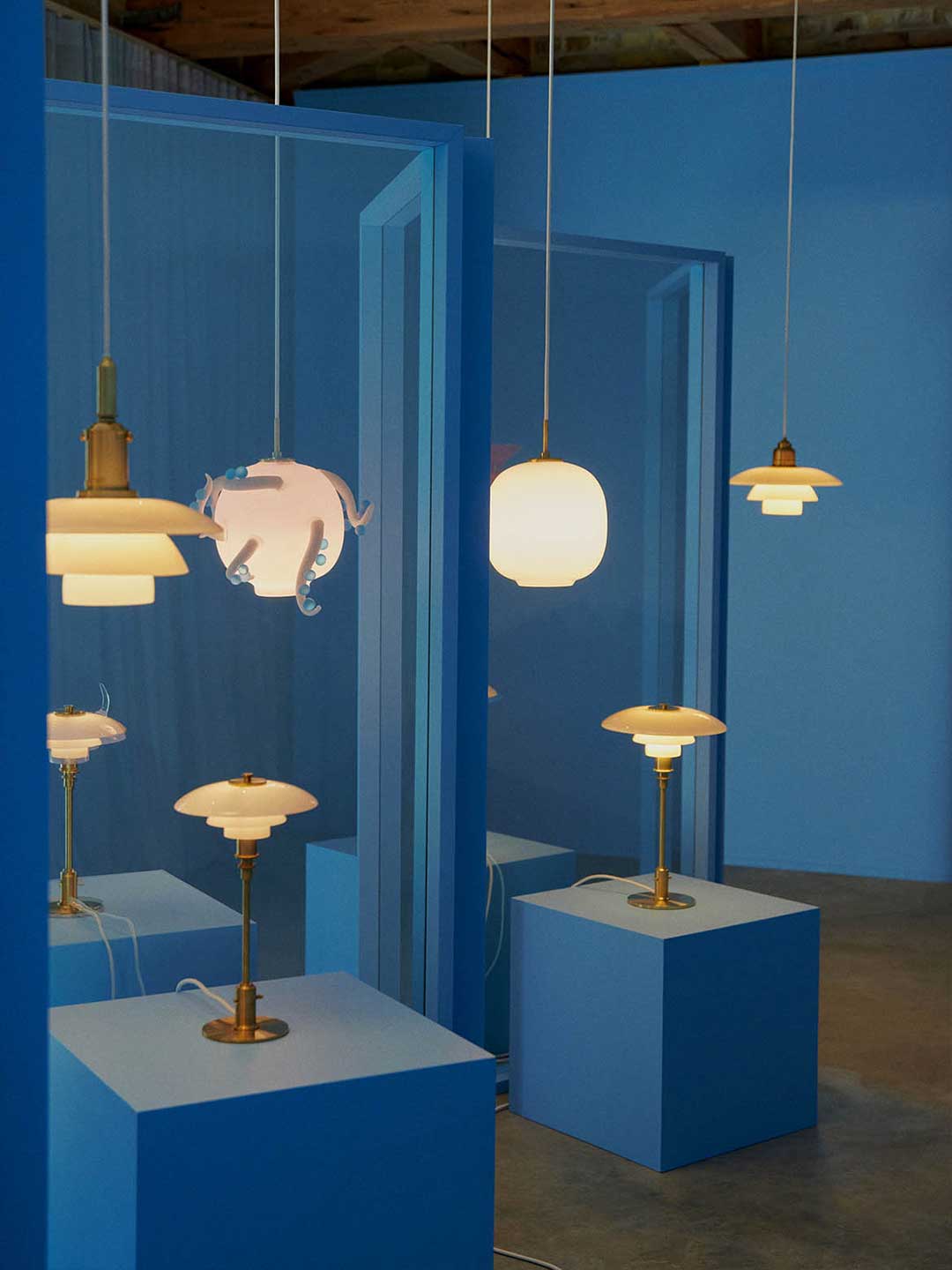

From June 18 to 20, 2025, Copenhagen once again became an epicentre of creative innovation, as the city welcomed over 400 exhibitors to the celebrated 3 Days of Design festival. This year's theme, "KEEP IT REAL," embodied a cultural shift toward authenticity, human-centred design, and sustainable innovation. PHOENIX, an innovative product design studio at the forefront of shaping the wellbeing mega-economy, was present to uncover the trends, gather insights, and bring back inspiration to fuel the studio and the designers.
As a studio deeply invested in future-forward solutions, we were inspired by how this year's festival captured a critical movement toward what we define as wellbeing design. Below are the key takeaways that Timo Miura, Product Designer at PHOENIX, gathered during his time at the event.
A strong theme across installations was the embrace of raw, natural materials with visible imperfections. Rather than hiding flaws, designers celebrated it, positioning them as markers of authenticity. From hand-cast aluminium lighting by Vogel Studio to bold wooden textures at "NO.1 Common" by AHEC, this trend reaffirms the power of truthful material expression.
The blurred boundary between digital innovation and practical wellbeing took shape in exhibitions like SPACE10's AI-designed, modular foldable sofa. Data-driven tools and generative AI were reimagined not as threats but as co-designers, enabling products that are responsive, adaptive, and emotionally intelligent.
This year marked a visual renaissance. Bold, dopamine-inspired design from Swedish designer Gustaf Westman offered playful, candy-coloured interiors that celebrated joy and spontaneity. Meanwhile, colour theory extended into dualities, pairing earthy tones with vivid digital hues to create emotionally rich yet grounded spaces.
Scandinavian design's heritage was honoured through a revival of mid-century icons, not merely as retro nostalgia, but as thoughtfully modernised classics. Getama's relaunch of Hans Wegner's furniture and HAY's reinterpretation of Mario Bellini's designs demonstrated how legacy and innovation can harmoniously coexist.



Rather than static product showcases, many brands opted for sensory-driven experiences. Helle Mardahl's "The Sensory Society," for instance, transformed apartments into surreal, glass-filled dreamscapes that engaged not only the eyes but also touch, memory, and imagination. Such work highlights that user experience is as much about emotion as it is about functionality.
Copenhagen served not as a living testament to design-led urbanism. The festival mapped design across eight unique districts, from Nordhavn's focus on community planning to Christianshavn's material-rich explorations. The city's ethos—where aesthetics merge into daily life—offers a model for how design can genuinely shape human wellbeing.



At PHOENIX, attending international design events is crucial to our role as a leading product design studio in the wellbeing economy. These festivals are more than networking or trend-spotting; they are live laboratories of evolving societal needs, material experimentation, and design storytelling. They challenge us to refine our practice of innovative design, pushing us to prototype what comes next.
PHOENIX is committed to staying at the forefront of the world's most vital creative conversations. That's why we continuously send representatives to events like 3 Days of Design so that we can bring back not only ideas but meaningful, actionable insights for our partners and the future of design.
Timo Miura prepared a report of the event, and we are sharing it with our network. Please feel free to download it.